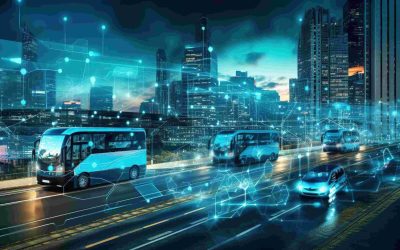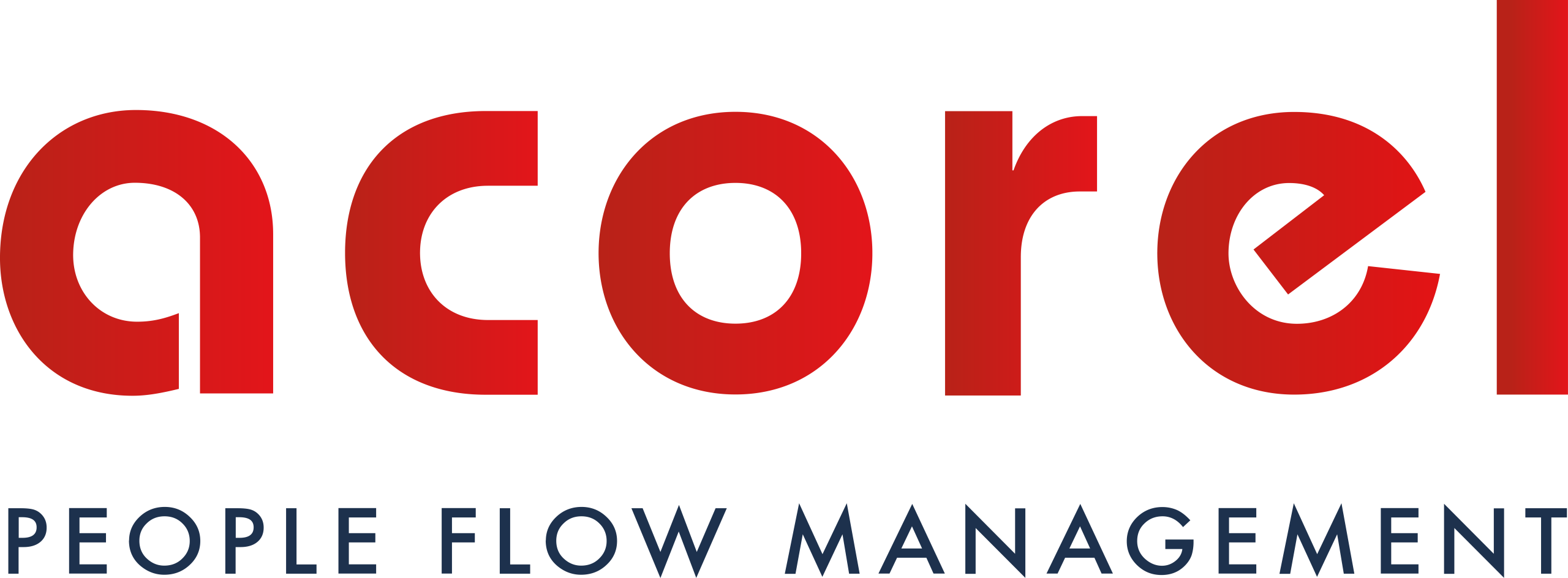For some time now, transport operators have been facing complex challenges. These questions are crucial for developing effective strategies. Today, data analysis is seen as an essential tool to address these issues and help bring passengers back to public transport, while exploring initiatives such as free transport.
Accessibility in transport: how to attract passengers again ?
Accessibility and reliability are two major obstacles discouraging users from taking public transport. In many areas, these services fail to effectively reach certain neighborhoods or outskirts, making it difficult for residents to access certain areas or their workplaces. Moreover, the reliability of schedules and services is often questioned due to frequent breakdowns, delays, and maintenance issues.
Comfort and safety also play a crucial role in the decision to use public transport. Users may prefer more individual modes of travel, such as cars or carpooling, to avoid crowds, undesirable behaviors, or uncomfortable situations encountered in public transport.
Finally, the cost of transport is a major factor. For many people, the price of bus, train, or metro tickets represents a high financial cost, especially when they need to be used daily for commuting to work or school.
Despite these hesitations, many people choose to take public transport for various reasons. Firstly, for some, public transport offers an economical alternative to the costs of owning and maintaining a car. The cost of fuel, insurance, and parking fees can be considerable, and for those living in areas well-served by public transport, it can be more cost-effective to use these services.

Additionally, public transport helps reduce the carbon footprint by decreasing the number of vehicles on the roads. This attracts environmentally conscious users who see public transport as a way to contribute to the fight against climate change.
Furthermore, in some regions, public transport offers faster travel times, especially in congested urban areas. For users in a hurry, the ability to avoid traffic jams and benefit from dedicated bus lanes can be a decisive factor in their choice of mode of transport.
Lastly, well-developed transport systems offer a variety of travel options, including buses, metros, trains, and sometimes even trams or bike-sharing services. This diversity allows users to choose the solution best suited to their specific needs and personal preferences.
How can data help bring passengers back to public transport ?
Data analysis provides transport operators with valuable insights into user behaviors and needs. By using location data from transport cards, for example, operators can understand individuals’ travel patterns. This allows them to identify high-growth potential areas and adapt services accordingly. For instance, if they notice increased demand along a certain route at specific times of the day, they can decide to add more buses or adjust schedules to better meet this demand.
Predictive algorithms can also play a crucial role in anticipating demand peaks and traffic fluctuations. By analyzing historical data on passenger flows, weather, local events, and other relevant variables, operators can accurately predict when demand will be highest. By adjusting schedules and routes based on these forecasts, they can improve the efficiency and reliability of their services, which helps retain customers and attract new users.
Finally, by collecting data on user preferences, operators can personalize service offerings to meet the specific needs of each demographic group. For example, they can offer real-time alerts on delays or incidents, flexible payment options such as monthly subscriptions or prepaid cards, or targeted promotions on frequent routes.
Free public transport: an innovative solution
One of the most innovative initiatives in public transport is free transport. By making public transport free for all users, operators can eliminate the financial barrier that discourages many people from using these services. This makes public transport more accessible to everyone, regardless of socio-economic status, and encourages people to abandon their cars in favor of more sustainable options.
Moreover, free public transport can have significant economic and environmental benefits. By attracting new users and increasing overall usage rates, it can reduce road congestion and greenhouse gas emissions, benefiting the entire community. Additionally, by making commuting more affordable, it can improve access to jobs, education, and services for low-income populations, helping to reduce social inequalities.
These arguments for free transport continue to spark debate, and although users are largely in favor of completely free transport, they would prefer to see an improvement in the existing service offering.
For more information, click here
